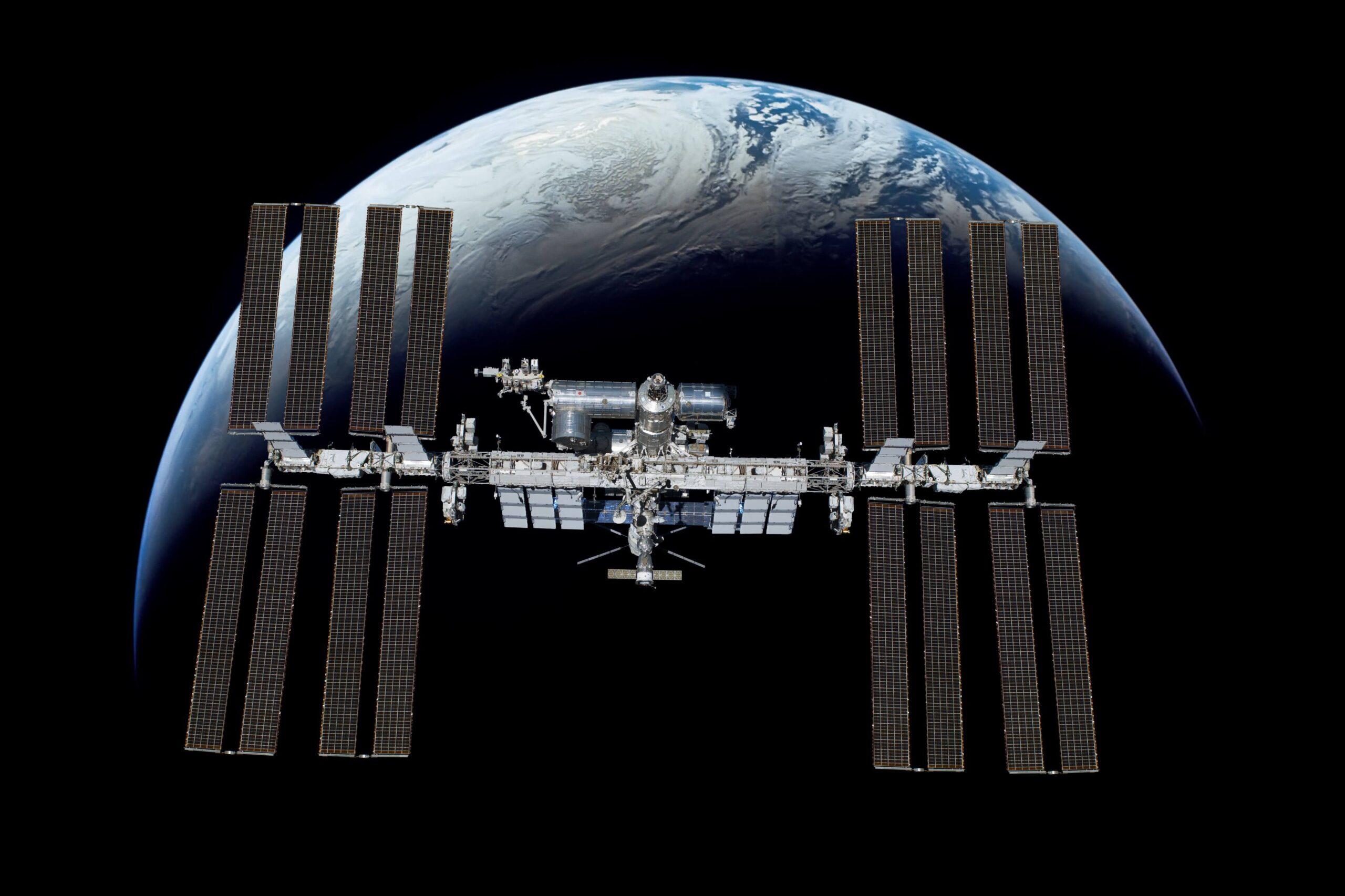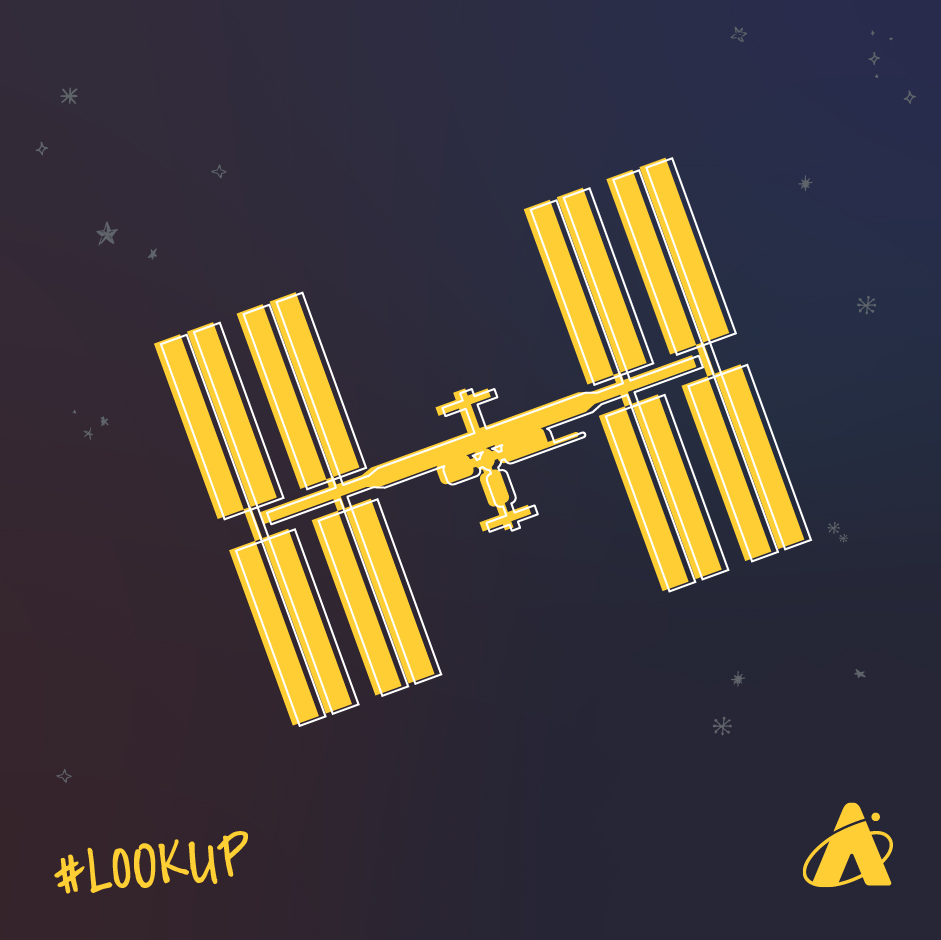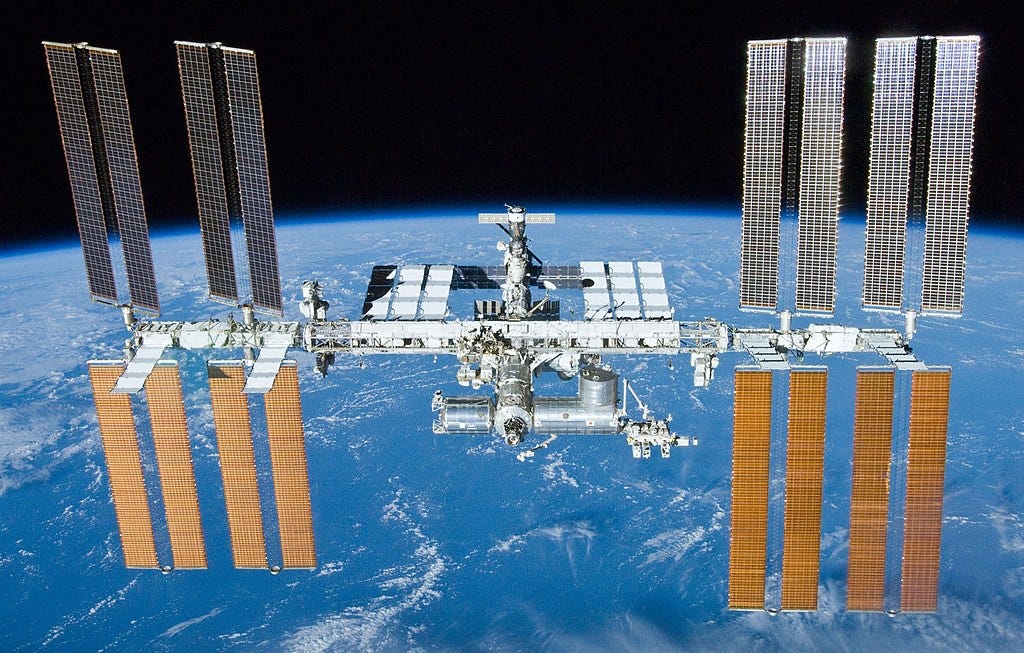Recognizing the ISS: Your Information to Watching the Worldwide Area Station
Associated Articles: Recognizing the ISS: Your Information to Watching the Worldwide Area Station
Introduction
With nice pleasure, we’ll discover the intriguing matter associated to Recognizing the ISS: Your Information to Watching the Worldwide Area Station. Let’s weave attention-grabbing info and provide recent views to the readers.
Desk of Content material
Recognizing the ISS: Your Information to Watching the Worldwide Area Station

The Worldwide Area Station (ISS), a marvel of worldwide collaboration and human ingenuity, orbits our planet at a mean altitude of 400 kilometers (250 miles). This celestial beacon, seen to the bare eye beneath the proper circumstances, gives a wide ranging spectacle for anybody lucky sufficient to witness its passage. However figuring out when and the place to look is essential to catching a glimpse of this orbiting laboratory. This complete information will equip you with the instruments and data to efficiently spot the ISS, reworking a fleeting curiosity into an unforgettable expertise.
Understanding the ISS’s Visibility:
The ISS’s visibility is dependent upon a number of components, primarily its place relative to the solar and your location on Earth. The station is just seen when it is illuminated by daylight while you’re in darkness. This implies sightings sometimes happen throughout twilight – shortly after sundown or earlier than dawn. Through the day, the solar’s glare overwhelms the comparatively faint gentle mirrored from the ISS. Equally, at evening, the station is shadowed and invisible.
A number of different components affect visibility:
- Altitude: The upper the ISS, the brighter it seems. Nonetheless, its altitude fluctuates barely.
- Atmospheric Situations: Clear skies are important. Clouds, haze, and light-weight air pollution considerably cut back visibility.
- Orbital Path: The ISS’s orbit consistently modifications, that means visibility varies from day after day and even hour to hour.
- Magnitude: The obvious brightness of the ISS is measured in magnitude, a logarithmic scale the place decrease numbers characterize brighter objects. The ISS sometimes reaches a magnitude of round -3 to -4, corresponding to the brightest stars and planets.
Instruments and Sources for Discovering ISS Sightings:
A number of web sites and apps present correct predictions for ISS sightings tailor-made to your location. These invaluable assets eradicate guesswork and make sure you’re prepared when the station makes its look.
-
NASA’s Spot the Station: This official NASA web site is a improbable start line. Merely enter your metropolis or zip code, and it’ll generate a schedule of upcoming seen passes. It gives particulars just like the date, time, visibility length, and the path from which the ISS will seem and disappear. The web site additionally gives e-mail alerts, guaranteeing you will not miss any alternatives.
-
Heavens-Above: This web site gives a wealth of details about satellites, together with the ISS. It gives detailed orbital predictions, permitting you to plan your viewing prematurely. Moreover the ISS, you can too discover different satellites seen out of your location.
-
Cellular Apps: Quite a few cell functions, out there for each Android and iOS units, provide related performance to the web sites talked about above. Many apps present notifications, making it simpler to catch a sighting with out consistently checking for updates. Standard choices embody ISS Detector, ISS Spotter, and SkySafari.
Optimizing Your Viewing Expertise:
As soon as you’ve got decided the time and path of an ISS cross, comply with these tricks to maximize your probabilities of a profitable sighting:
-
Select a location with minimal gentle air pollution: Head away from metropolis lights to darker areas with unobstructed views of the horizon. Parks, open fields, and elevated places are supreme.
-
Enable additional time: Arrive at your chosen location no less than quarter-hour earlier than the anticipated sighting time. This offers you ample time to get settled and alter to the darkness.
-
Know what to anticipate: The ISS seems as a shiny, steadily shifting gentle, resembling a fast-moving airplane or exceptionally shiny star. It does not blink or flash like an airplane.
-
Use binoculars or a telescope (non-obligatory): Whereas the ISS is seen to the bare eye, binoculars or a telescope can improve the viewing expertise, permitting you to probably see extra element. Nonetheless, these aren’t vital for a primary sighting.
-
Share the expertise: Invite family and friends to affix you. Watching the ISS cross overhead is a shared expertise that creates lasting reminiscences.
-
Take pictures (non-obligatory): You probably have a digital camera with an extended publicity setting, you would possibly have the ability to seize {a photograph} of the ISS. Nonetheless, this requires observe and endurance.
Past Merely Recognizing: Understanding the ISS Mission:
Whereas watching the ISS is an exhilarating spectacle, it is necessary to recollect the scientific and collaborative significance of this exceptional achievement. The ISS serves as an important platform for scientific analysis in microgravity, encompassing numerous fields like biology, physics, supplies science, and Earth remark. Astronauts aboard the station conduct experiments that may be unattainable to carry out on Earth, advancing our understanding of the universe and our planet. By observing the ISS, you are not simply witnessing a technological feat but additionally taking part, in a small method, in appreciating the continuing quest for data and worldwide cooperation in house exploration.
The ISS’s orbit is just not static; it is consistently being adjusted to take care of its altitude and keep away from collisions with house particles. Understanding this dynamic nature provides one other layer of appreciation for the advanced engineering and operational challenges concerned in retaining this orbiting laboratory functioning.
Troubleshooting and Widespread Points:
-
The ISS is not seen: Verify the climate circumstances. Cloud cowl will stop visibility. Additionally, make sure you’ve entered your location appropriately within the prediction instruments.
-
I am unable to discover it: The ISS strikes surprisingly shortly. Realizing the anticipated path and time is important. For those who’re having hassle, attempt utilizing binoculars to assist pinpoint it.
-
It seems to be like a aircraft: The ISS strikes a lot quicker than a typical airplane and does not blink.
-
The prediction was inaccurate: Orbital predictions are based mostly on advanced calculations, and minor variations can happen. Nonetheless, respected web sites and apps usually present extremely correct predictions.
Conclusion:
Recognizing the ISS is an accessible and rewarding expertise for astronomy fans and informal observers alike. By using the assets and suggestions outlined on this information, you possibly can considerably improve your probabilities of witnessing this unimaginable feat of human engineering. It is a reminder of our ongoing exploration of house and a testomony to the facility of worldwide collaboration. So, search for, and put together to be amazed by the Worldwide Area Station because it glides throughout the evening sky. The expertise is really unforgettable.








Closure
Thus, we hope this text has supplied beneficial insights into Recognizing the ISS: Your Information to Watching the Worldwide Area Station. We thanks for taking the time to learn this text. See you in our subsequent article!